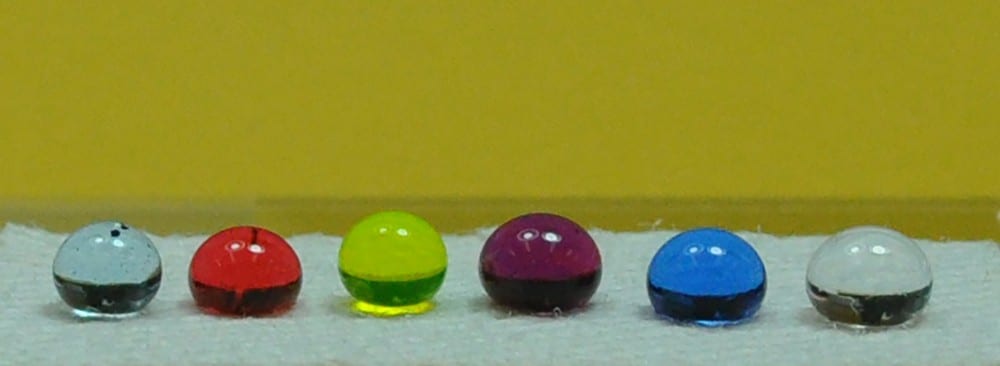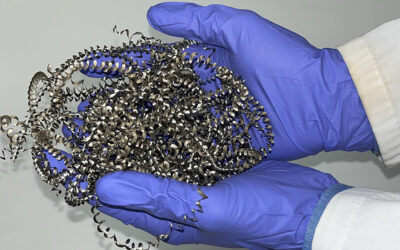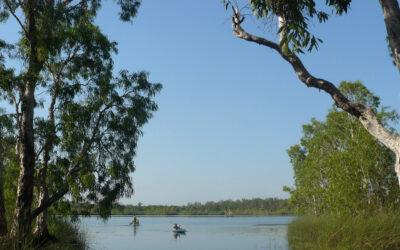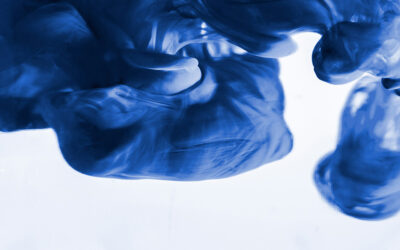Superamphiphobic surfaces, being both superhydrophobic and superoleophobic, are much more desirable than those being super-repellent only to either water or oil. Superamphiphobic surfaces show a number of applications in self-cleaning, antifouling, non-staining surfaces, spill-resistant, personal protection, drag reduction, corrosion prevention, and liquid separation. Several techniques to fabricate superamphiphobic surfaces have been developed in the last years, whereby single-step, wet-chemical processes, such as dipcoating and spraying, are of particular interest owing to the great convenience for large scale manufacturing.
Most of the existing wet-chemical coating systems for superamphiphobic treatment, however, use organic solvents. The use of organic solvents is prone to cause safety issues and increases environmental pollution. Due to higher safety levels when working with organics solvent, the production cost increase as well. Therefore, water-borne coating systems for superamphiphobic treatment are highly desirable, but from a chemical point of view remain rather difficult to make.
In their recent publication in Advanced Functional Materials, Prof. Tong Lin from Deakin University in Melbourne, Australia, have showed that lyophobic nanoparticles, fluorocarbon surfactant and fluorinated alkyl silane can form a stable dispersion in water, which serves as an excellent coating solution for superamphiphobic treatment. Using lyophobic nanoparticles and a fluorocarbon surfactant the team of researchers showed that a series of substrates including woven/nonwoven fabrics, sponge, wood, glass, and metal, can be treated by this ternary coating system resulting in a superamphiphobic surface with low contact angle hysteresis. The coating is durable against physical abrasion, repeated washing, boiling in water, and strong acid/base attacks. Moreover, the coating is able to to self-heal both physical and chemical damages.
These results presented in this study may promote the wide development of safe, and cost-efficient superamphiphobic techniques for diverse applications.
In featured image above, from left to right: glycerol, olive oil, water, mineral oil, hexadecane and paraffin oil.

















